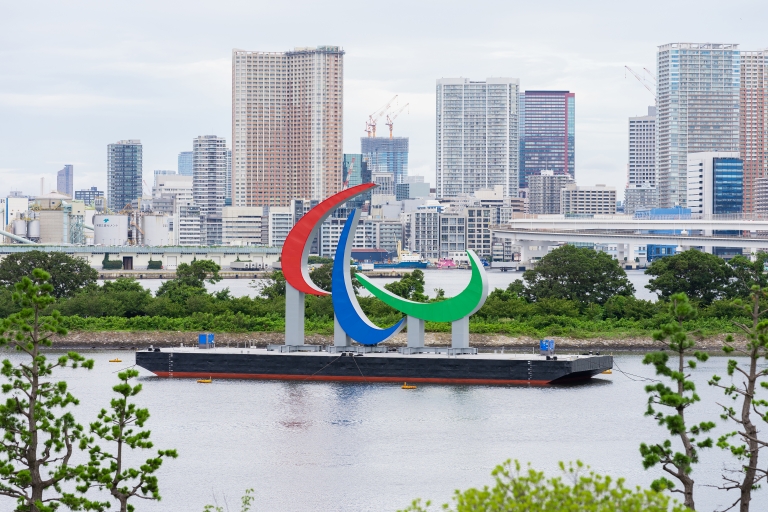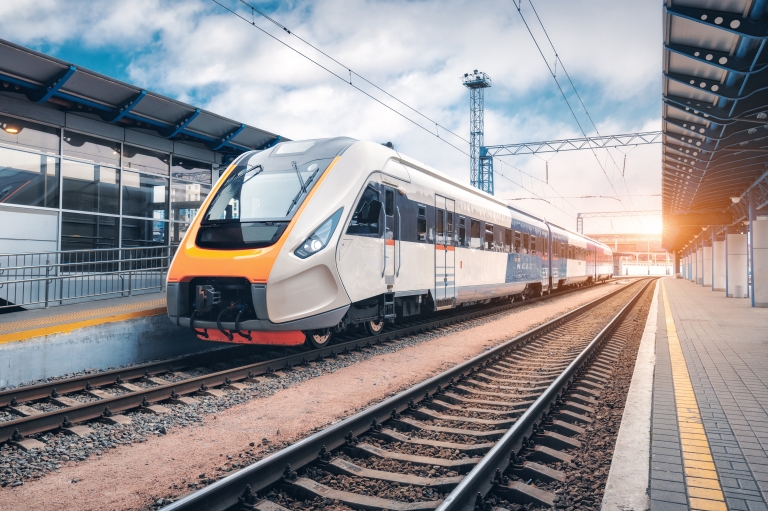Over the past 30 years, cooperation in the field of public policies has become an increasingly important driver of the co-decision making between the Czech Republic, Poland, Hungary, and Slovakia. In addition to the regions’ desire of catching up with the western part of Europe, its geopolitical determination, as well as its deep-rooted historical ties, the key to the durability of the V4 formula is the actual joint efforts, along which the four states can support each other relying on shared values and interests. The development of the region’s transport network is a permanent item on the V4 presidency programs’ agenda. Due to various political tendencies within the EU, from 2007 on, railway development has become the cornerstone of V4 transport policy integration. At the same time, as with any major investment, there are a number of concerns about an HSR project in the region that are worth of a cold-minded discussion for the sake of clarity.
I. The investment would involve extraordinary costs. Due to the obsolescence of the existing infrastructure, the construction of a new network would surely be a significant financial expense, as upgrading the old tracks to a maximum speed of regular traffic of 230 km/h can only be done cost-effectively in a few short sections. Yet, over the last two multiannual financial periods, EU Cohesion Funds have constantly served as reliable sources for Central East European economies to launch railway projects. Plus, railway development initiatives are profitable investments for both the net beneficiaries and contributors of the EU budget. Companies from all around the European Economic Area applying for Czech, Hungarian, Polish, and Slovakian tenders can benefit from the Visegrád region's lack of appropriate production sites and know-how. Due to the intention of meeting the Paris Agreement’s climate goals, the topic of railway modernization will remain with us for several decades to come, so there will probably be no shortage of targeted Communitarian support mechanisms. Furthermore, in addition to using state budget resources, V4 governments might apply for European Investment Bank development loans as a best practice. It is worth mentioning that the estimated long-term socio-economic benefits of the Rail Baltica project to create a normal gauge HSR network between Warsaw and Helsinki by 2026 stands around 16.2 billion euros, compared to an investment cost of 5.8 billion euros. As a result of the multiplier effect, the project's foreseeable additional contribution to the GDP of the three Baltic States involved is around 2 billion euros.
II. Central East Europe’s economy does not require an HSR network. Criticism has emerged claiming that "it is worth building extraordinarily expensive rail infrastructure only in areas where the benefits of economies of scale can be reaped." However, if it makes sense establishing a new fast connection between Tallinn (with around 430 thousand inhabitants) and Vilnius (with an approximate population of 540 thousand people), then why Budapest and Warsaw (both inhabited by around 1.8 million citizens) should be deprived of a similar service? Nevertheless, when considering the justification of infrastructure investments, one should not only look at the preexisting conditions, but also take into account these projects’ long-term effects with special regards to urban planning or the shifts in industrial and market trends. It is worth noting that in the early 1870s, the citizens of Pest-Buda complained that the Margaret Bridge "would lead from nowhere to nowhere." At that time, the area was characterized by one-storey houses on the right side of the river, while the left bank was more like a swampy wetland. Then they built the Grand Boulevard, the Parliament Building, commuter railway connections, an embranchment towards the island, and so the area witnessed a construction boom in the neighborhoods concerned. At present day, who is to say that the Metropolitan Public Works Council made the wrong decision by designating the bridge’s location? Following this logic, a new HSR service might contribute to the creation of a future Budapest−Bratislava–Brno−Warsaw economic axis, similarly to Budapest’s unprecedented urban development on the turn of the century, largely triggered by the construction of a new bridge between two scarcely populated areas.
For the above reasons, I am afraid it is already too late to start thinking about building a V4 HSR network. The construction of railway systems in the golden age of the steam locos literally equaled to state-building. Suffice it to recall those epic railway constructions screened by wild west movies that showed us towns appearing along the rails on the untouched prairies. A similar process took place during the expansion of the Russian Empire in Siberia. Synchronously, less significant towns of Hungary have become prosperous administrative and industrial centers (Nyíregyháza, Szombathely), while important settlements with a long history (Nagykálló, Gyula) have fallen into irreversible decline due to the obscurantism of the local elites who hesitated in letting the railways cross their lands.
III. Instead of 'super-fast trains', the existing infrastructure should be upgraded – echoes another popular belief. The modernization of the railway network’s obsolete sections based on actual passenger and freight traffic needs is indeed a very urgent task in our region. Yet, it cannot be seen as something similar to forward-looking investments. Besides providing fast connections, HSR services are increasingly popular among passengers due to their numerous comfortable features such as onboard Wi-Fi, USB ports, and bicycle storage. Electrified high-speed train traffic is a competitive alternative for both short and medium distance road and air transport. In contrast to the otherwise excessively polluting jet flights, HSR services do not require the passengers to go through time-consuming safety and check-in procedures prior to departure. Train services providers practically put no limit on the size and content of our luggage, and there is no need to shuttle long distances between our final destination and the nearest airport. Last but not least, the train stuff will not automatically classify us as potential terrorists for hiding nail clippers and aerosol sprays in our handbags.
I would note that railway construction projects have always been a means of promoting national unity. Neither Italy’s risorgimento nor the German unity could have taken place in the course of just a few decades without a railroad network that connected the mosaics of the new nation-states. Today, thanks to the dense railroad grid, we can travel through German-speaking territories from Vienna to Hamburg, or even from Basel to the Sudetenland, as if we had not changed countries. It would definitely make sense for our nation too to bring the autochthonous Hungarian-speaking populations living in eight different countries together by establishing reliable and fast train connections between these states.
The meetings of V4 ministers responsible for transport, the sessions of international railway working groups, as well as the negotiations within the V4 Rail Roundtable certainly further deepen the four states’ transport policy integration. The V4 HSR is a true pan-European initiative. In order to achieve the EU climate goals, it is essential to replace the solutions relying on fossil fuels with electric vehicles powered by green energy. Therefore, railway modernization is a key area for EU development policies to create a sustainable transport system. From 2021 to 2027, the EU's Connecting Europe Facility provides cohesion countries with some 11.3 billion euros to be invested in transport projects.
Thus, railway development has nothing to do with nostalgia, but it lays the foundations for the future’s transport system. If we consider the construction of HSR infrastructures to be an extravagancy, let us recall the fate of Gyula and Nagykálló: it is unwise to leave the path of the technological evolution.










